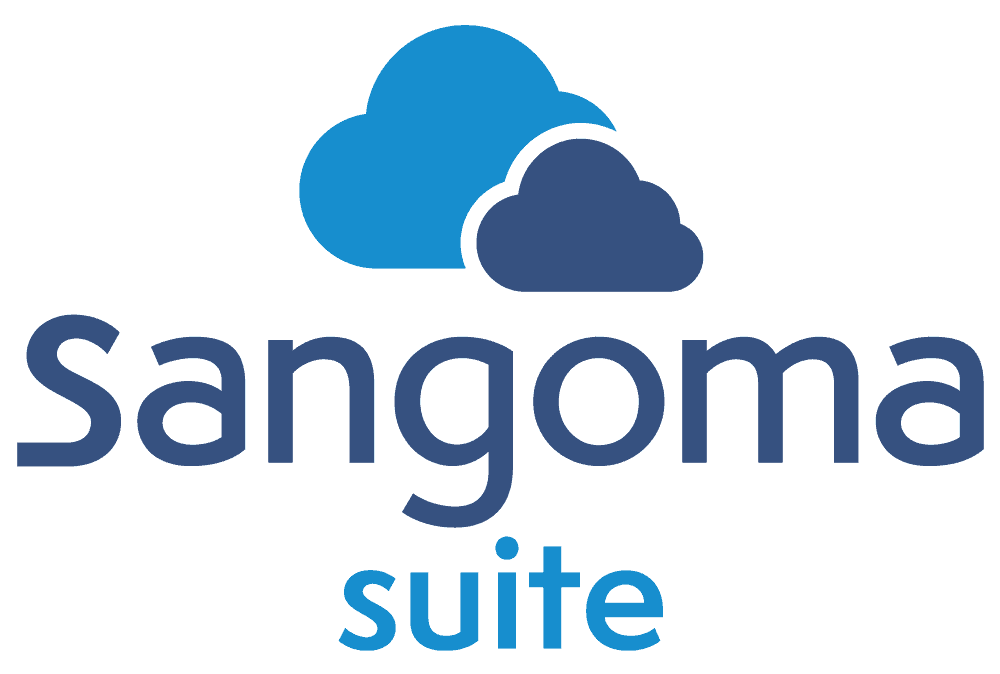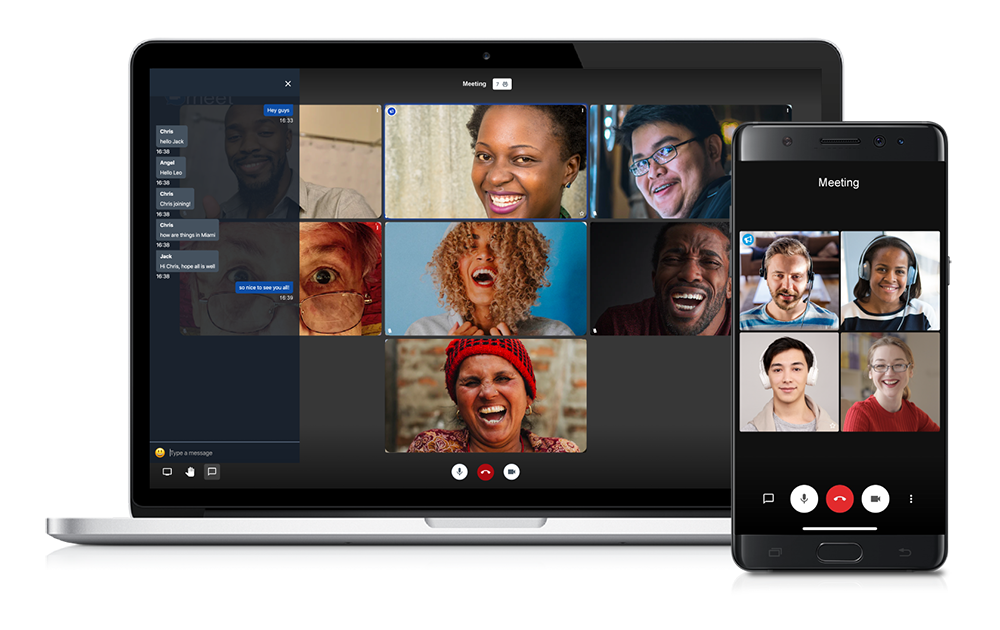Why Video Can’t Be Your Sole “Go-to” Communications Platform
I’m sure we can all agree that the year 2020 changed all of us in different ways, and for many of us it changed the way we communicate. It’s not uncommon for me to have multiple video meetings every single day. We get those video meeting invites in our calendar and we just go to them. We start in video and end in video. While I used to be on many audio conference calls, those are becoming less frequent and a thing of the past. I am on our video meeting platform, Sangoma Meet, all the time. It’s now like my best friend. I know its personality.
And since it’s so integral to communications these days, that is why we are incorporating our video meeting platform, Sangoma Meet, into our mobile and desktop client, Sangoma Connect. Sangoma Connect will incorporate a talk aspect, a collaborate aspect, and a video meeting aspect. You’ll be able to move seamlessly between all three and launch a video call from our collaborate app for instance. It’s critical that we offer our customers the ability to communicate via voice, chat, or video. And to have our customers choose which one they want to “start” with.
To me, this is just an evolution of the PBX. While the PBX notion is very voice centric, as Unified Communication features started to get incorporated, such as mobility, and the ability for the office phone number to ring on your smartphone or desktop, the notion of a “PBX” became antiquated. Unified Communication systems are what this industry has evolved to. And if the UC vendors want to survive, the UC systems will continue to need to evolve. And that means integrating video and chat as if it is native voice. And that is what we are doing. You want voice. Check. You want chat. Check. You want video. Check.
But what about this concept of “video first” that I described in the first paragraph? I think in some use cases, like I was describing above with internal employee team calls, or calls with your channel, sure video meetings are good, and you will start and end with that.
But for many small businesses, their customers are people – someone wanting to make an appointment or order something or whatever. Calling is efficient, so they call, or maybe use a self-service portal and maybe text. And that’s why a company with a sole focus on video meetings or video calling won’t be able to service a small and medium business. A Unified Communication system, that knows how to handle phone numbers, and texting, and all kinds of call control as is found in a “PBX” is required.
A Unified Communication platform, able to do true multi-modal communications, such as Switchvox, PBXact, or Star2Star Business Voice will be required.
The post Why Video Can’t Be Your Sole “Go-to” Communications Platform appeared first on Sangoma.







